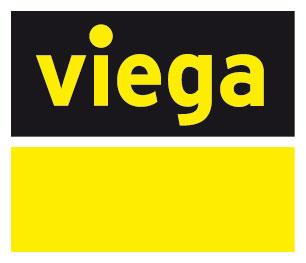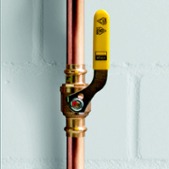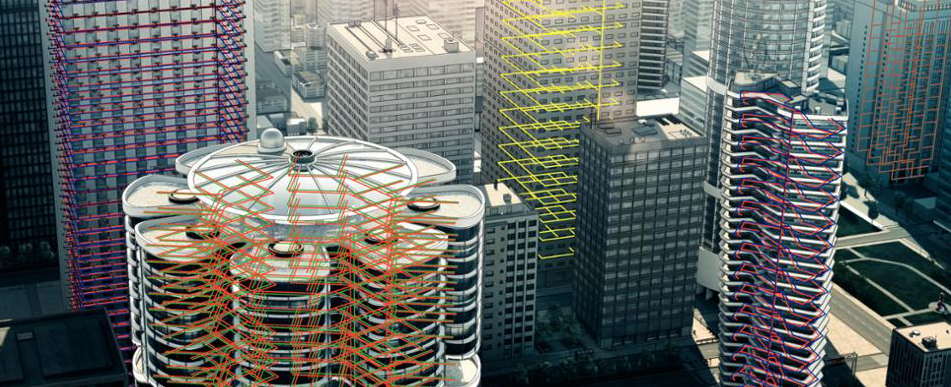Maintenance can take on many forms in hydronic piping systems. It could be routine inspections that help ensure optimal performance, adjustments to existing piping systems due to renovations or unplanned repairs resulting from cracks, leaks and other pipe defects.
While some of these maintenance services are proactive and others reactive, there is a common thread: They all come with a cost.
As is the case with other heating and cooling systems, maintenance costs can be a point of concern for hydronic piping systems. Yet there are some specific measures you can take to significantly minimize ongoing expenses and improve the bottom line of a business.
Hydronic Piping: How to Put a Dent in Maintenance Costs
Have Accurate Specifications That Account for Heat Loss Calculations
Design specifications serve as the roadmap to a successful hydronic piping installation. After all, any surprise on the job—whether it’s realizing the piping layout isn’t fully compatible or inherent inefficiencies exist in the layout of the system—can translate into added costs and potential for the system’s failure.
With accurate design specifications, you’re set up for success from the start. The floor plan that includes dimensions of the space should also account for heat loss, as this will provide a clear estimate of how much energy is needed to keep the area warm/cold. Knowing this information in advance, in conjunction with a specified bill of materials, helps steer hydronic piping projects in the right direction from the start and alleviates the risk of costly errors in the short and long term.
Streamline the Installation Process to Eliminate Room for Error
The smallest of layout issues in a hydronic piping system can create significant headaches down the road. Consider the case where tubing is placed too close together during installation. This can trigger unnecessary spikes in heating/cooling output that can make the system work harder than it needs to and ultimately affect its lifespan.
To avoid the issues that come with manual installations, it’s beneficial to leverage products that already offer secure assemblies and compile different elements of a hydronic piping system. Some examples would be a climate mat that allows tubing to be rolled out simultaneously, or a panel system that incorporates a grid system, vapor barrier and insulation into one convenient panel.
Work With a Manufacturer That Prioritizes Customer Support
No one knows a product better than its manufacturer. And when contractors have access to these individuals, they can get the answers they need to their installation questions, address issues as they arise and gain guidance on how to navigate future projects.
This is only made possible when customer support is a priority to the business. Manufacturers must have systems in place that allow clients to connect with them and get the answers they need to fuel initial productivity and continued success. This can come in the form of availability via telephone, as well as the more personalized approach of hands-on help in the field.
At Viega, we help clients excel at every stage of a hydronic piping project. This is evident in our radiant design services, fast and reliable installations and commitment to customer service from start to finish. To see Viega radiant products and services in action, browse our project profiles.









